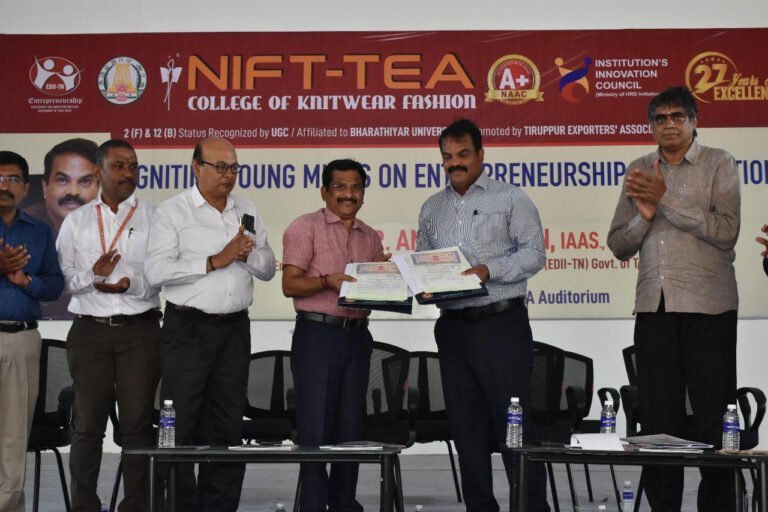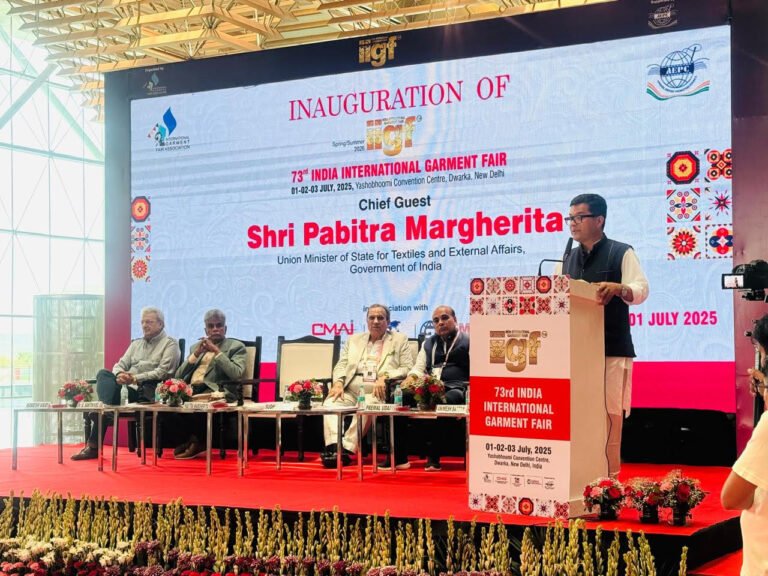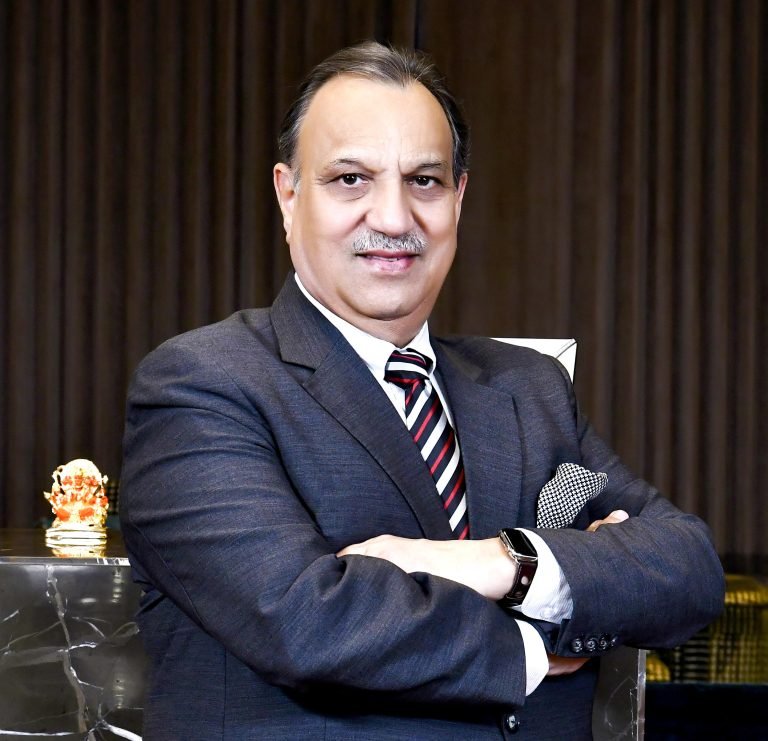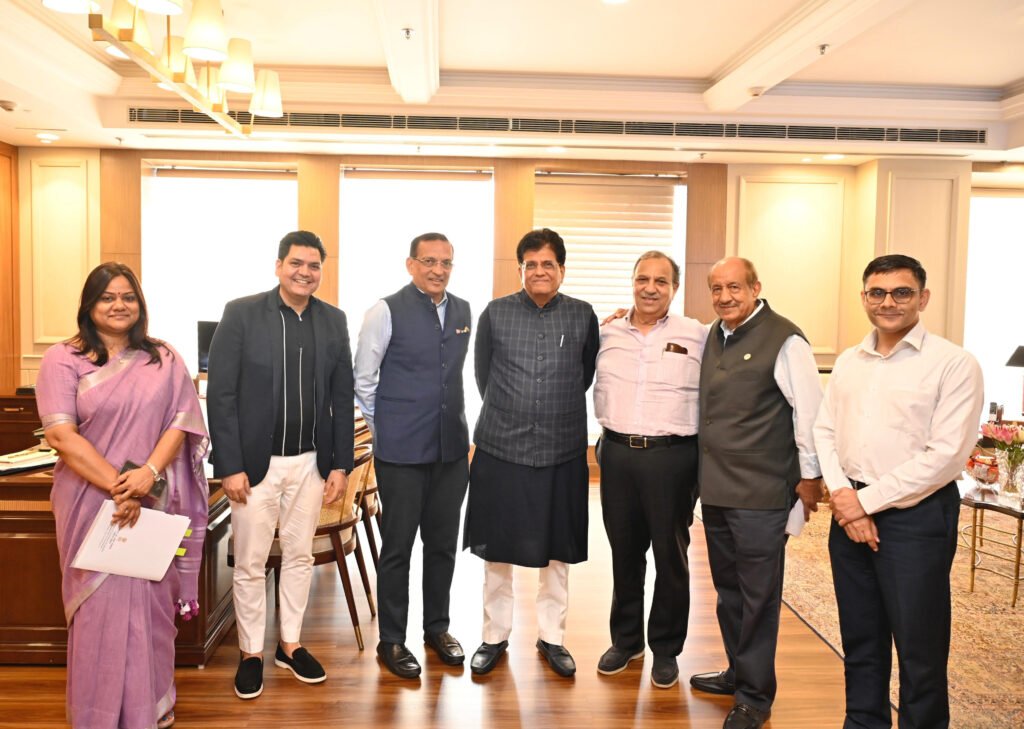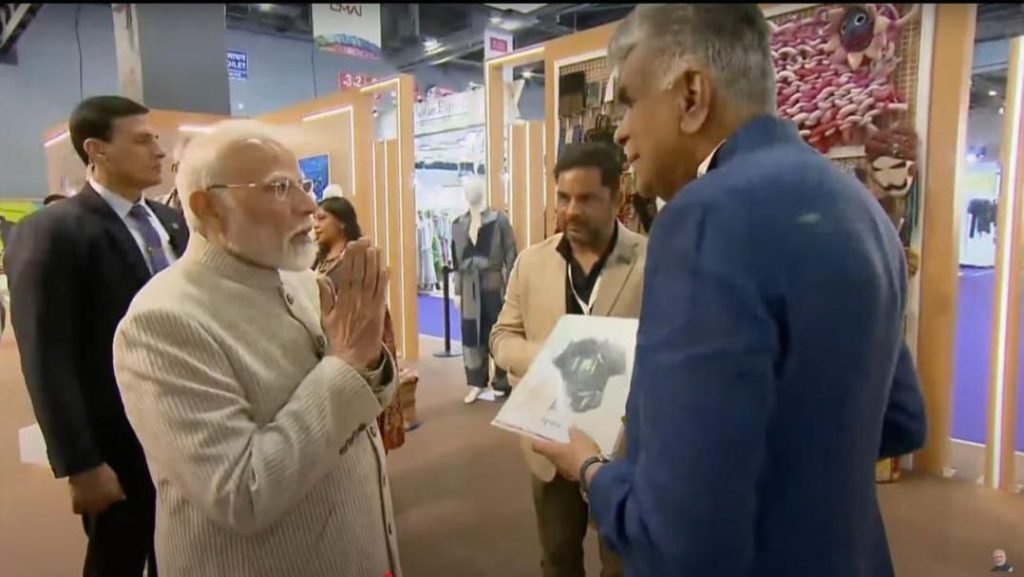
The fashion industry is constantly evolving, and one of the most exciting advancements in recent years is the rise of smart textiles. These fabrics, embedded with sensors, electronics, and cutting-edge technology, are revolutionizing the way we think about clothing. From health monitoring garments to temperature-regulating fabrics, smart textiles are merging fashion with function, making the future of fashion more innovative and practical. This article explores how smart textiles are transforming the industry, the technology behind them, and their potential in the Indian market.
What Are Smart Textiles?
Smart textiles, also known as e-textiles or intelligent fabrics, are materials embedded with digital components, including sensors, actuators, and microcontrollers, to perform a variety of functions. These fabrics can interact with external stimuli, such as temperature, pressure, or movement, and respond accordingly. This integration of technology allows clothing to do more than just cover the body—it can now monitor health, adjust to the climate, and even charge devices.
Two categories of smart textiles exist: passive smart textiles and active smart textiles. Passive smart textiles can sense changes in the environment but do not react, while active smart textiles can sense, react, and adapt to the environment in real-time. This opens up a whole new realm of possibilities in fashion design, functionality, and practicality.
Applications of Smart Textiles
Smart textiles have diverse applications across various industries, ranging from fashion and sports to healthcare and military. Here’s how they are making a mark in some key sectors:
Health and Fitness
One of the most prominent applications of smart textiles is in health and fitness. Fabrics embedded with sensors can monitor vital signs such as heart rate, body temperature, and movement patterns. For instance, athletic wear brands are developing smart fabrics that track physical activity and provide real-time feedback to athletes. These textiles are particularly useful in monitoring and optimizing performance, reducing the risk of injuries, and providing data for personalized fitness routines.
Fashion and Wearable Technology
In the fashion industry, smart textiles are allowing designers to create garments that are not only stylish but also functional. For example, temperature-regulating fabrics can adapt to external conditions, keeping the wearer cool in the heat and warm in cold environments. Additionally, fashion brands are experimenting with fabrics that can change color or shape, interact with digital devices, or even light up based on user preferences. These innovations are blurring the lines between fashion and technology, creating new possibilities for self-expression and personalization.
Military and Defense
The military is increasingly investing in smart textiles to improve the performance and safety of soldiers. Clothing embedded with sensors can monitor soldiers’ physical conditions and environmental factors in real-time, enabling early detection of health issues like dehydration or heatstroke. Moreover, these textiles can incorporate advanced camouflage technology, making soldiers less visible in hostile environments. Some smart textiles are even designed to provide protection against extreme temperatures, chemical exposure, or ballistic impacts.
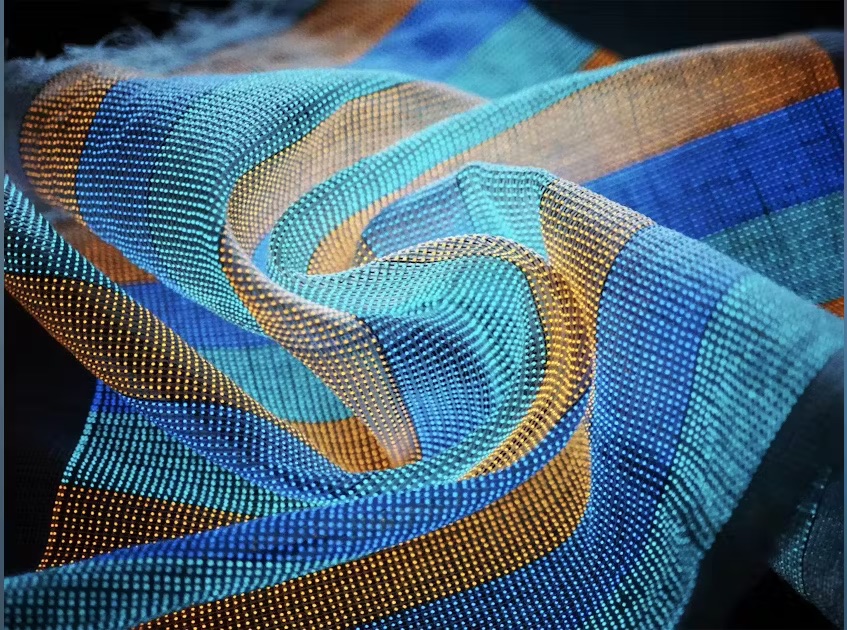
The Indian Market and Export Potential for Smart Textiles
India, with its rich textile heritage and rapidly growing technology sector, is well-positioned to become a leader in the smart textiles market. As global demand for functional, technology-integrated clothing increases, Indian manufacturers have the opportunity to tap into this innovative sector. The country’s strong textile export market, combined with its expertise in digital technology, makes India a natural fit for producing and exporting smart textiles on a large scale.
Several Indian textile companies and startups are already making strides in this space. For example, Loomia, a Delhi-based company, is pioneering the development of smart fabrics that are both flexible and durable, offering solutions for fashion, automotive, and industrial applications. Indian fashion designers are also exploring smart textiles, blending traditional craftsmanship with modern technology to create garments that cater to both style and functionality.
Challenges in Adopting Smart Textiles
While smart textiles present exciting possibilities, there are several challenges that must be addressed before they become mainstream in the fashion industry, particularly in India.
High Production Costs
One of the biggest challenges in smart textile production is the high cost of manufacturing. The integration of electronic components into fabrics requires specialized materials and complex production processes, making smart textiles more expensive than conventional fabrics. For Indian manufacturers, this could be a barrier to mass production and affordability. However, as technology continues to advance and production methods improve, costs are expected to decrease over time.
Lack of Awareness and Expertise
In India, while there is growing interest in smart textiles, there is still a significant knowledge gap when it comes to the technology behind these fabrics. Many traditional textile manufacturers may lack the expertise or infrastructure to incorporate digital components into their products. To overcome this, manufacturers need to invest in research and development and collaborate with technology companies to build the necessary skills and infrastructure.
Regulatory and Safety Concerns
As smart textiles incorporate electronic components, there are concerns about the safety and durability of these garments. Ensuring that the electronic elements remain functional and safe after multiple washes and wears is a major challenge for manufacturers. Additionally, regulatory standards for smart textiles are still in development, making it essential for brands to stay compliant with emerging guidelines to avoid any legal or safety issues.
Future of Smart Textiles in India
Despite the challenges, the future of smart textiles in India looks promising. The country’s growing focus on innovation, coupled with the increasing demand for functional fashion, will drive the adoption of smart textiles in various sectors. As production costs decrease and consumer awareness grows, we can expect to see more Indian brands embracing smart textiles, not just for export but also for the domestic market.
In the coming years, smart textiles are likely to become a significant part of India’s textile exports, particularly as global brands look for sustainable, technologically advanced solutions. With its unique blend of traditional textile expertise and modern technological innovation, India has the potential to be at the forefront of the smart textile revolution.
Conclusion
Smart textiles represent the future of fashion, offering a blend of technology and innovation that can transform how we think about clothing. From health monitoring garments to eco-friendly, temperature-regulating fabrics, these intelligent textiles are changing the landscape of the fashion industry. For India, smart textiles offer a tremendous opportunity to lead in both innovation and exports, making it a critical area for investment and development in the coming years. As manufacturers and brands continue to explore the potential of smart textiles, the possibilities for the future of fashion are endless.


